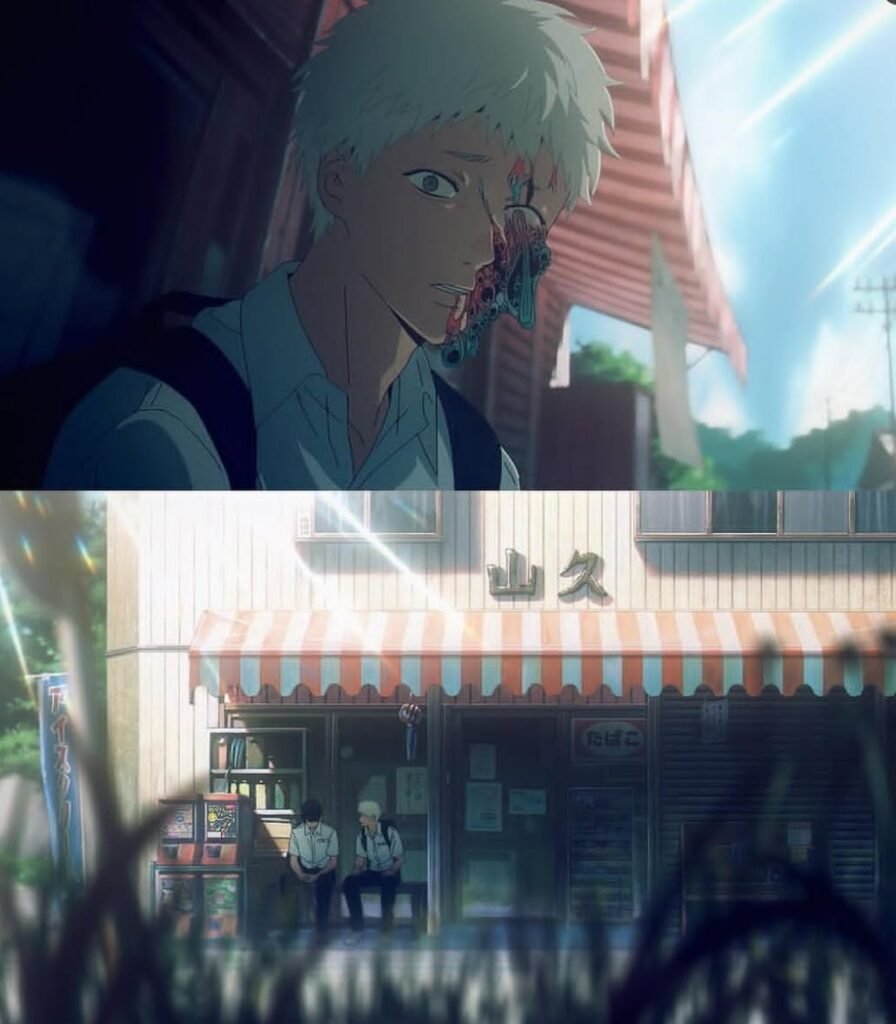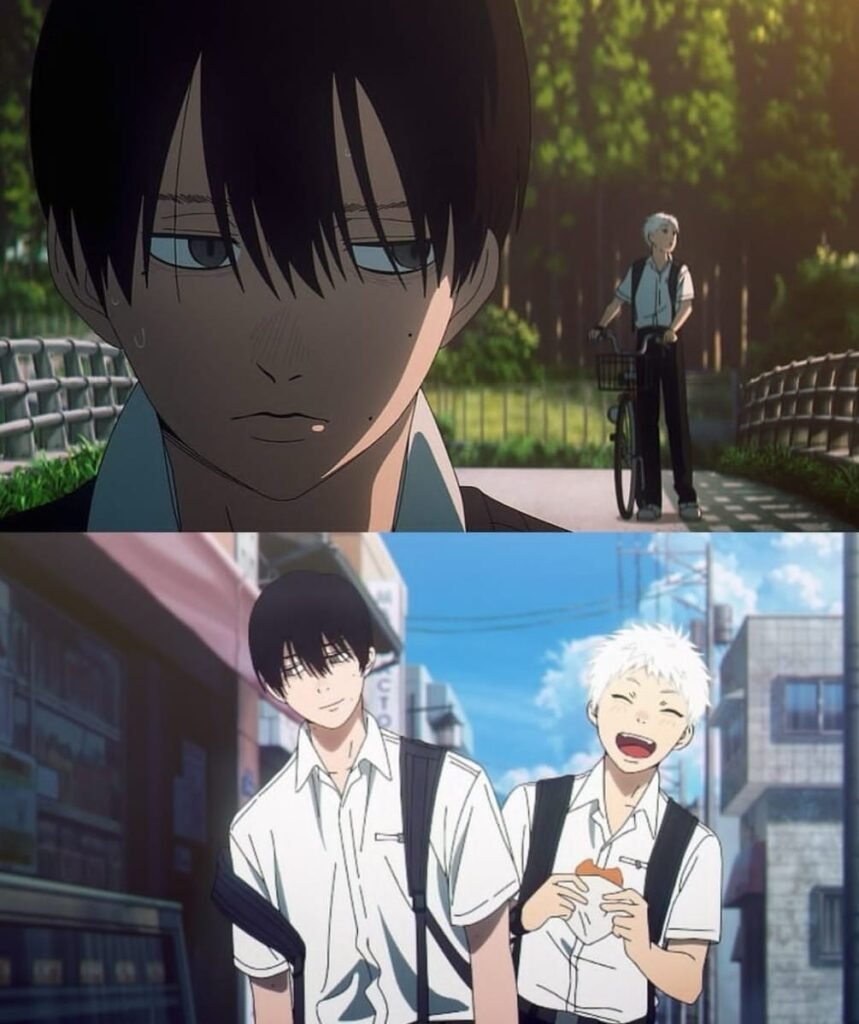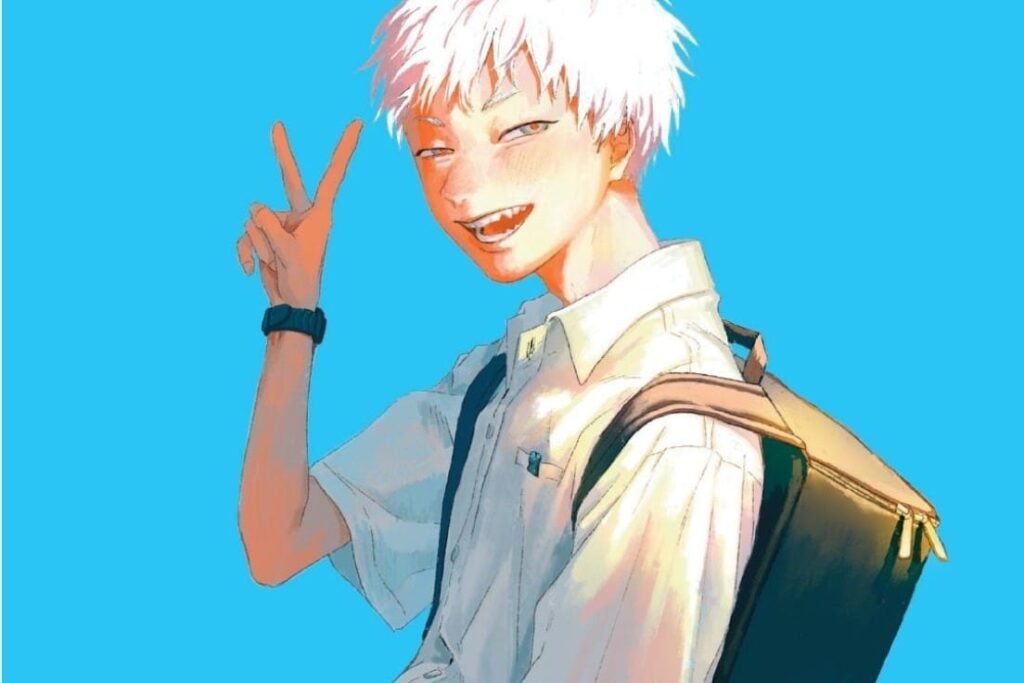Netflix’s “The Summer Hikaru Died” is the supernatural anime everyone’s obsessed with in 2025. Here’s the full plot explained, fan theories, and why it’s the next horror cult classic.
The summer of 2025 is hotter than ever before and it is all owed to the new anime adaptation of The Summer Hikaru Died from Netflix. The new supernatural horror thriller is already blowing up the segments of TikTok, Reddit, and anime boards all across the internet. But why is it so compelling?
Based off the manga written by Mokumokuren, The Summer Hikaru Died is so much more than just a ghost story. It is an unsettling exploration of grief, identity and love influenced by forces from beyond our plane of existence. Whether you are an anime diehard or just getting your feet wet, this Netflix original is worth your time, and your nightmares.
What Is “The Summer Hikaru Died” About?

The Summer Hikaru Died takes place in an unassuming and sleepy rural town in Japan, and follows the story of two high school boys, Yoshiki, and Hikaru, who initially had a fairly ordinary friendship which quickly shifts to the dark when Hikaru dies…and something else takes his place, instead.
From that point on, everything changes.
Yoshiki begins to notice that this new “Hikaru”, while distinctly looking like him, acting like him, and even laughing like him, seems slightly off. He may look the same, talk the same, and yes; even smirk and laugh the same, but there is something disturbingly different in his eyes. Subsequently, the story transforms into a tragic psychological horror as Yoshiki discovers whether this being is still in fact his best friend, or something more ominous.
Themes: Love, Grief, the Uncanny
What really makes The Summer Hikaru Died unique compared to other horror anime is how emotionally rich it is. It’s not just the jump scares or supernatural entities, but the terror of letting go alongside the creepy feelings that come with holding on too closely.
Here are some of the major themes throughout the show:
Grief and Acceptance: Usedum Yoshiki regularly expresses love toward his friend Hikaru, but at the same time, he grapples with the knowledge that this “Hikaru” may not be real (to him). His battles between emotions fuel what makes the series so strong.
Identity and Humanity: Through the progression of the plot, we question the minutia of life and death and what makes any person “human.” Is it memories? Is it the result of a life lived?
The Horror of Familiarity: The entity who replaces Hikaru is not monstrous in physical appearance but is terrifying in its uncanny detail. That quiet horror is what infiltrates viewers long after the episode has ended.
Plot Explained

If you haven’t started the series yet, you probably want to skip over this section!
The anime starts at a soft and nostalgic place with two friends spending their summer days together. But by the conclusion of episode 1, it is revealed that Hikaru has died in a mysterious incident in the forest, and no evidence of his body has been found .
Shortly after, a nearly identical Hikaru goes back to school, returning to life as if nothing happened.
Yoshiki recognizes immediately something is off. This “Hikaru” doesn’t look in mirrors, has no appetite, and has information Hikaru know one told him. That all said, he is warm, funny, and still the familiar friend Yoshiki knows.
As Yoshiki investigates the new Hikaru, he uncovers folktales about alien beings that can imitate humans, taking their memories and personalities. The more information he learns, the more he struggles with the idea of exposing the creature posing as Hikaru and accepting him for the new-Hikaru he is.
By mid-season, we learn the truth – this Hikaru is some ancient beast attracted to Yoshiki’s emotions and Hikaru’s dying memories. Unlike others, this entity has developed real feelings towards Yoshiki, which creates a understandably twisted dynamic.
The climax sees Yoshiki facing down both the creature and his personal grief. In a touching, horrific finale, Yoshiki make the decision to move forward symbolized by how he decides to call the creature by a new name – a moment of finality for hatchet to wound of loss.
Symbolism and Hidden Meanings
When it comes to ‘The Summer Hikaru Died’, almost every shot has a form of allegory or alternative intention. Here are a few fan theories that are beginning to emerge:
The Forest = The Unknown Self
The forest area where Hikaru vanishes is often shown moving, disintegrating, and blooming, perhaps suggesting the unclear lines between remembering, grieving and identity itself.
The Moon Imagery
The repeating moon references seem to suggest loss and rebirth cycles, and perhaps a tie to Hikaru’s constantly changing “faces”
Butterflies
Butterflies [often appearing during transition scenes] could reference liminality and the fragility of memory.
Why it’s on your mind all Summer
Netflix’s ‘The Summer Hikaru Died’ is not just an anime; it is a study on loving someone, after they’re gone. With top-tier animation, a soundtrack you’ll never forget, and a story that is both terrifyingly beautiful, this could be a modern cult classic.
So dim the lights, put in your headphones, and lose yourself in the gentle horror of a summer that never lets you go.
FAQs:
Is The Summer Hikaru Died based on a manga?
Yes, it’s based on a manga by Mokumokuren, which was first serialized in 2021 and is still ongoing in Japan.
Is it scary?
Not in an explicit “jump scare” sense. It’s psychologically unsettling, emotionally profound—an emotional horror, if you will.
Is it LGBTQ+?
The relationship between Yoshiki and Hikaru is broadly intimate, but not presented as formal romance in a typical sense. Many have seen it as a poignant (and tragic) queer-coded story.
How many episodes?
Season one is made up of 8 episodes technically 30 minutes long, so you could binge the whole thing on a weekend.
Should kids watch it?
We do not recommend it for kids under age 15. There are a lot of emotional implications, some disturbing images, and generally complex psychological motifs.
